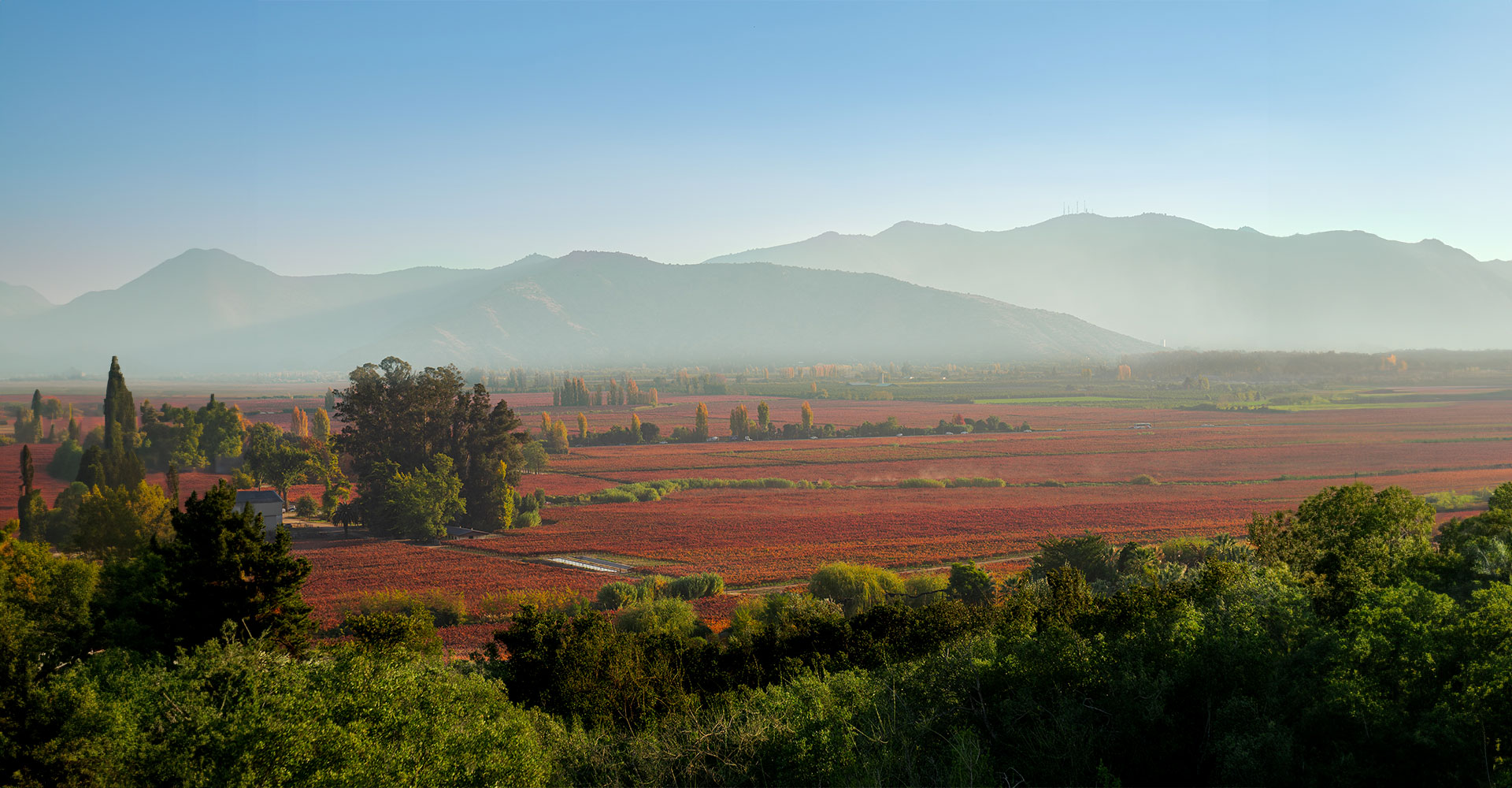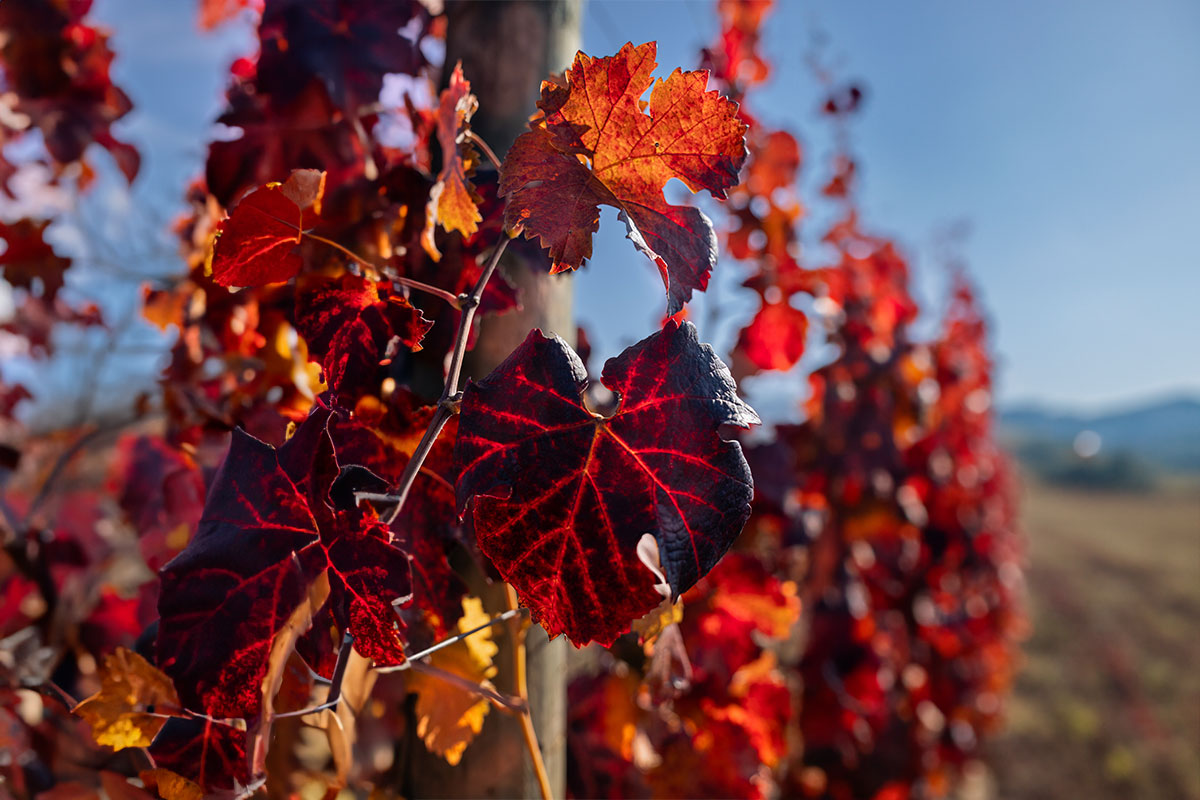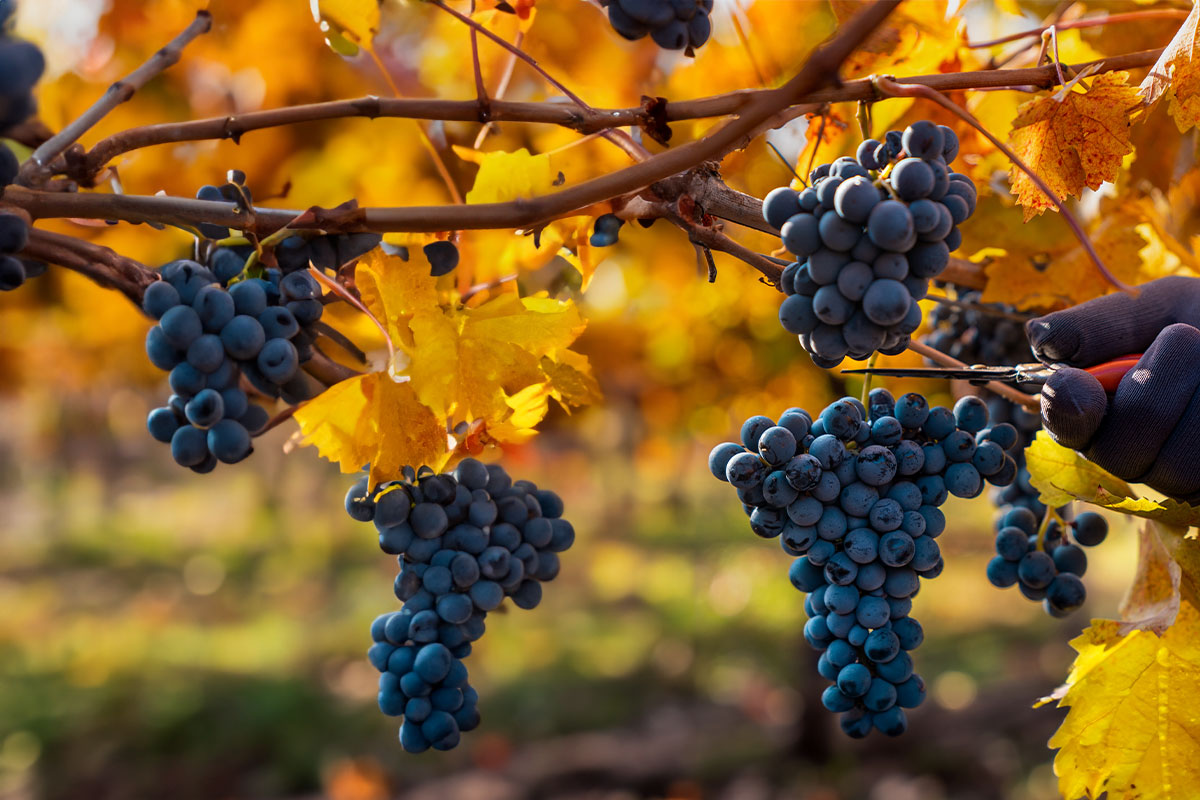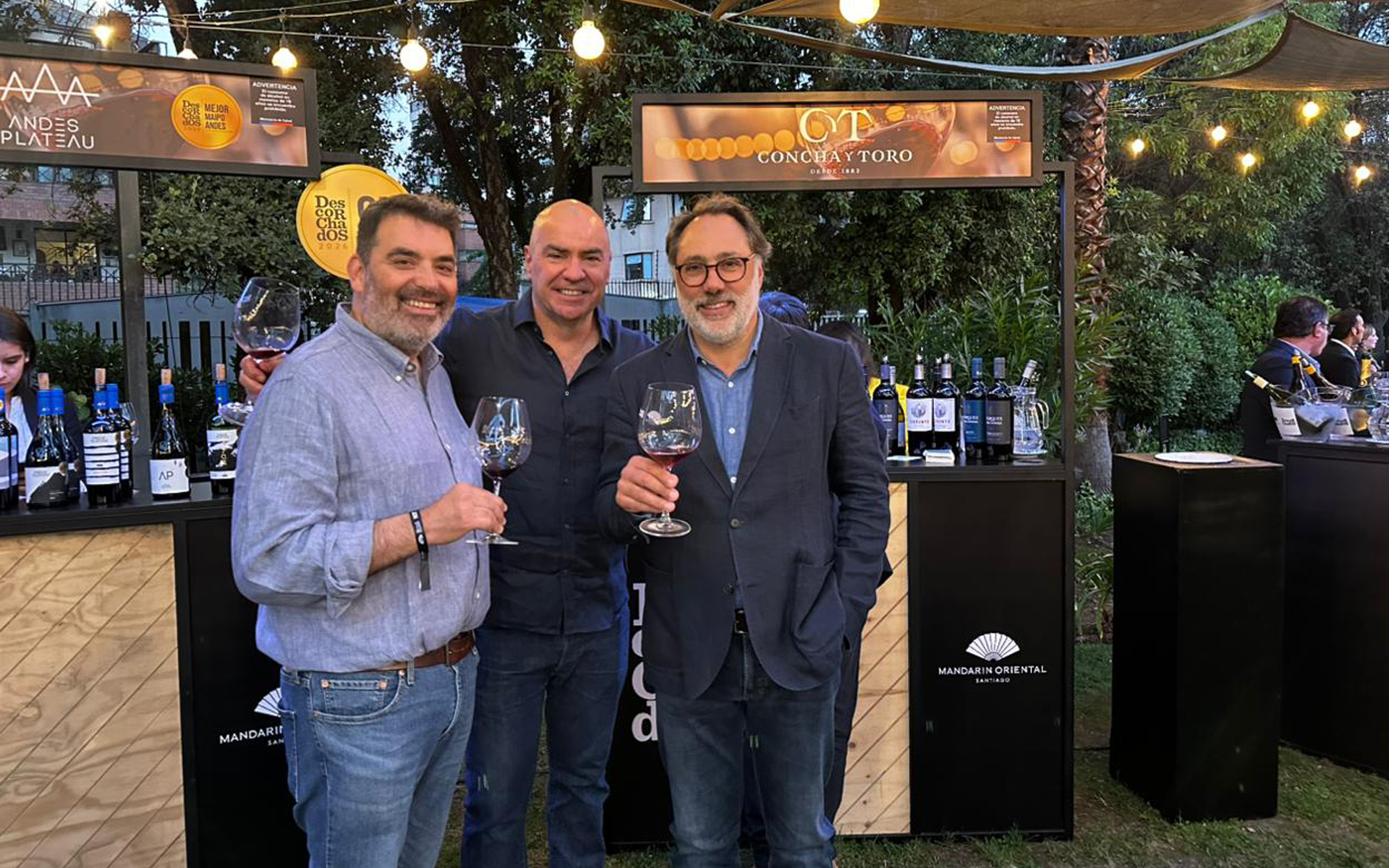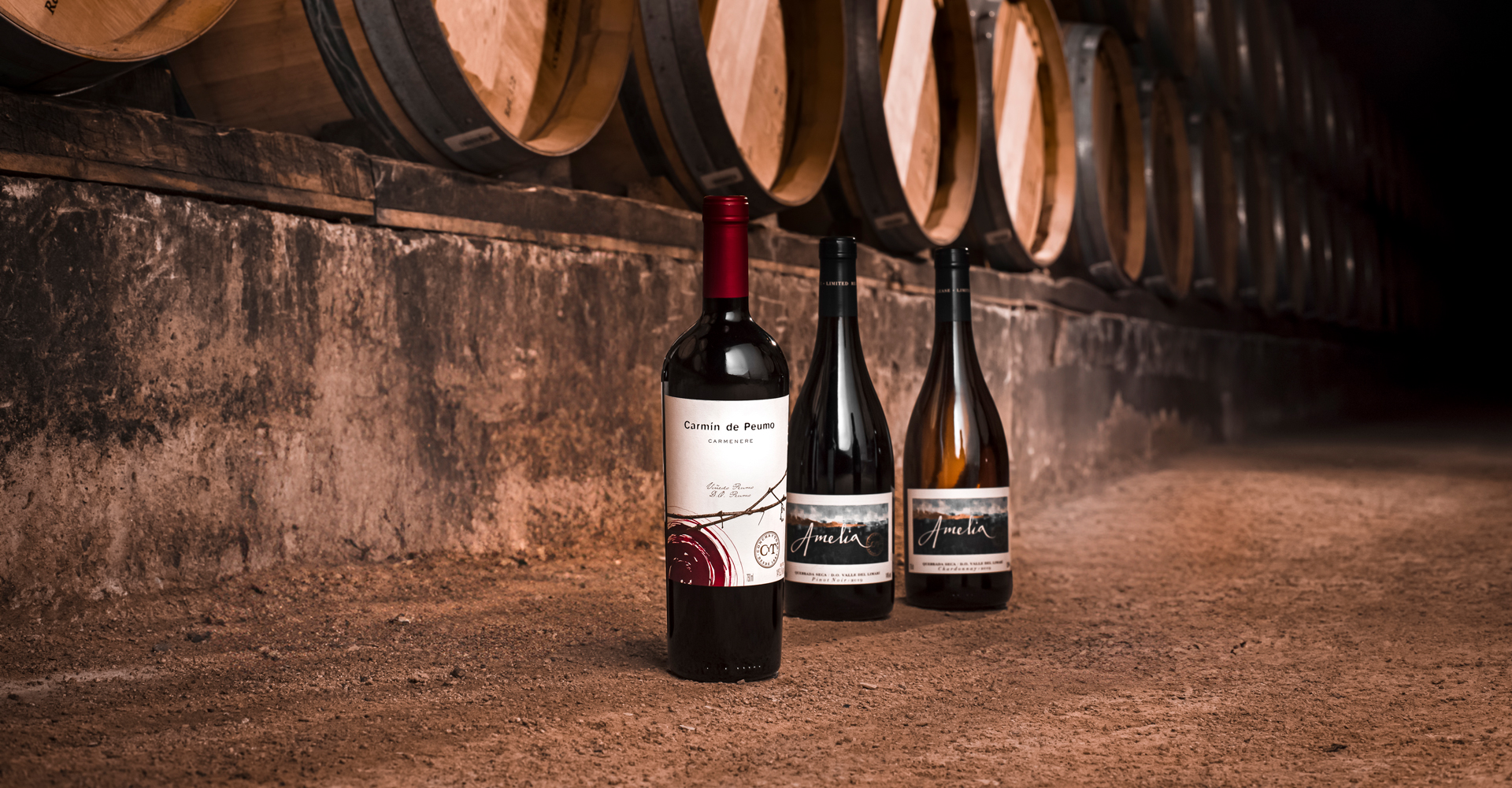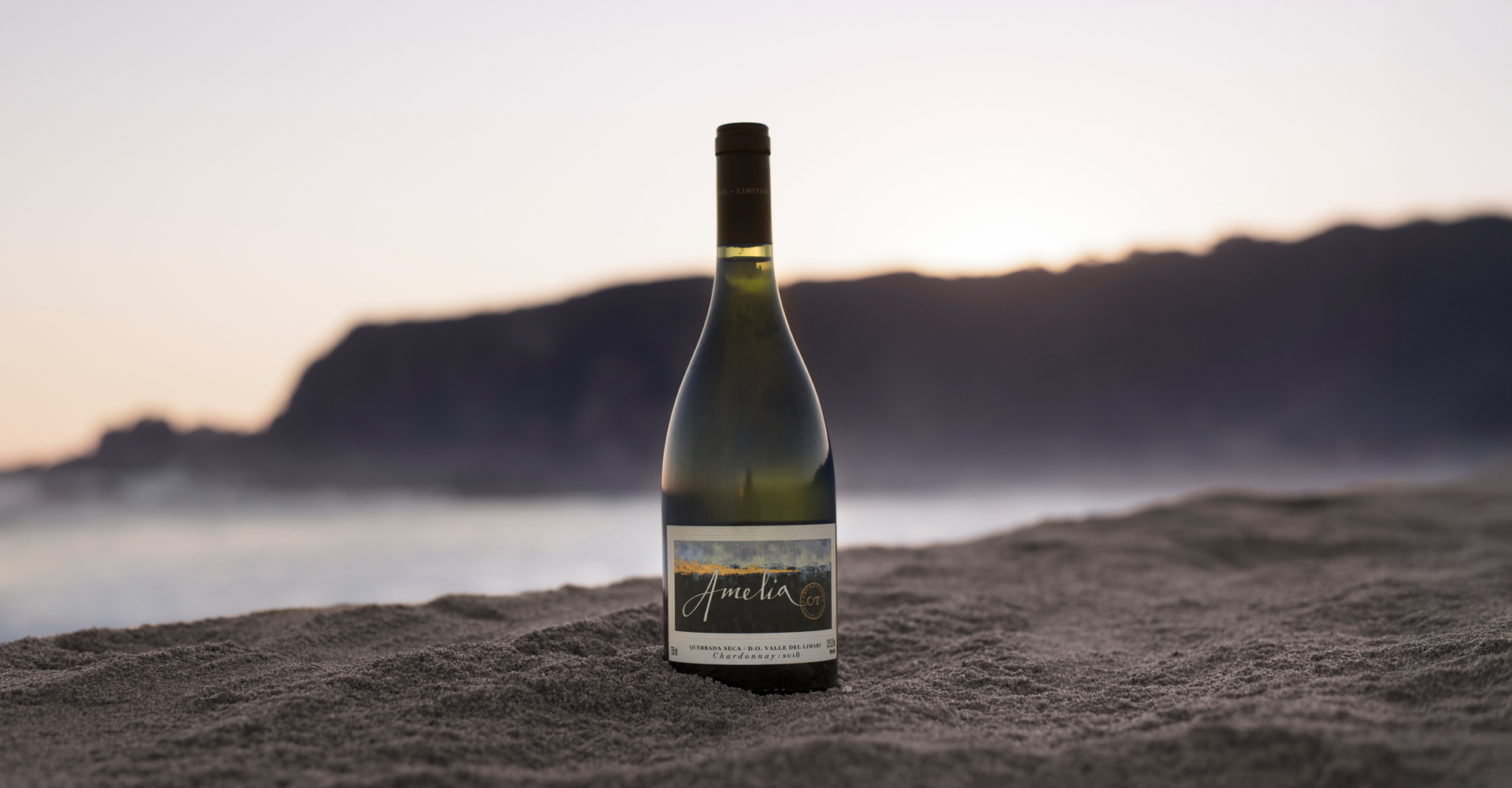15 de October de 2024
Concha y Toro Winery: Guardians of Carmenere’s History in Chile
Since its rediscovery 30 years ago, Viña Concha y Toro has led the positioning of Carmenere in Chile in the ultra-premium segment, betting decisively on this emblematic variety of Chilean viticulture.
For more than a century, this variety was hidden in Chilean vineyards, mistaken for Merlot because of its similar appearance. It was in 1994 when French ampelographer Jean-Michel Boursiquot, while analysing vines in a field in Chile’s central valley, identified that what was thought to be late Merlot was actually Carmenere, an ancient Bordeaux grape variety that had been considered extinct after the phylloxera plague in Europe in the 19th century. This discovery revolutionised the Chilean wine industry, allowing the country not only to reclaim this lost variety, but also to position itself as the world’s leading producer of Carmenere, developing wines of exceptional quality that express the unique character of this grape variety.
Viña Concha y Toro has been a key player in the history and evolution of Carmenere in Chile, contributing significantly to the positioning of this variety as the country’s flagship variety. Although Carmenere originates from the Médoc region in Bordeaux, France, it was in Chile where it found its unique identity. And it is precisely in the terroir of Peumo, Viña Concha y Toro’s oldest vineyard, that the company has treasured its Carmenere vines for more than a century, thus becoming the custodian of a worldwide winemaking legacy.
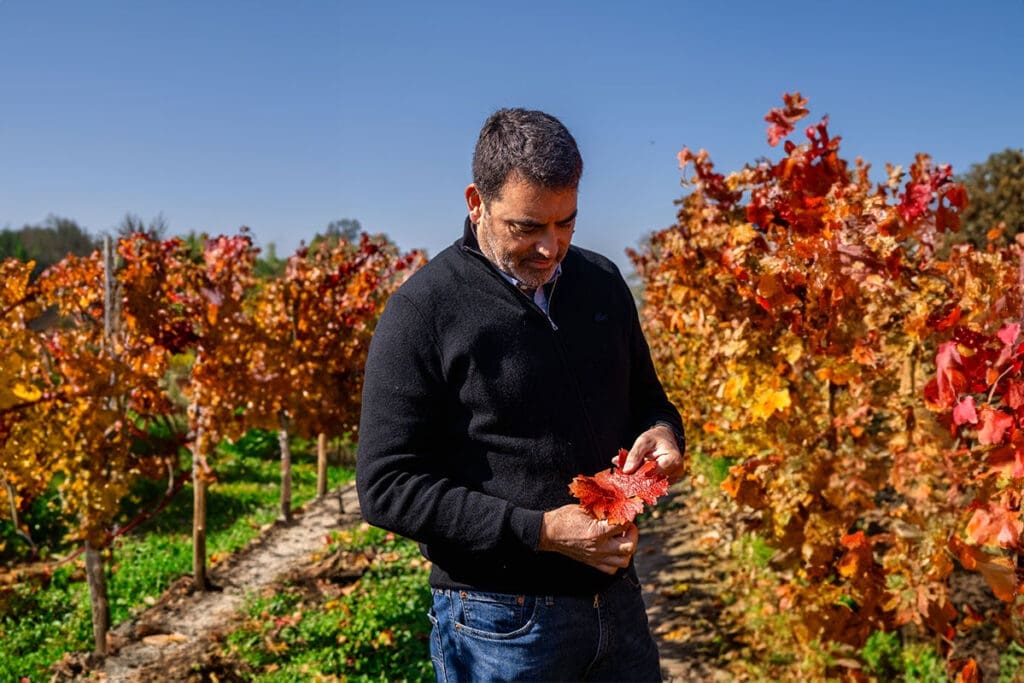
The winery not only recognised the incipient value of Carmenere, but also committed to take this variety to its maximum expression under the expert guidance of Marcio Ramírez, the winemaker with the greatest knowledge of this grape variety in Chile. Ramírez has made Carmenere the star of the winery’s icon wine, Carmín de Peumo, elevating it to a truly rediscovered treasure and a symbol of Chile’s extraordinary winemaking potential.
As Viña Concha y Toro we wanted to pay tribute to the nobility of Carmenere and our terroir of Peumo, committing ourselves to share material about this emblematic variety, rediscovered 30 years ago in our beloved country.

